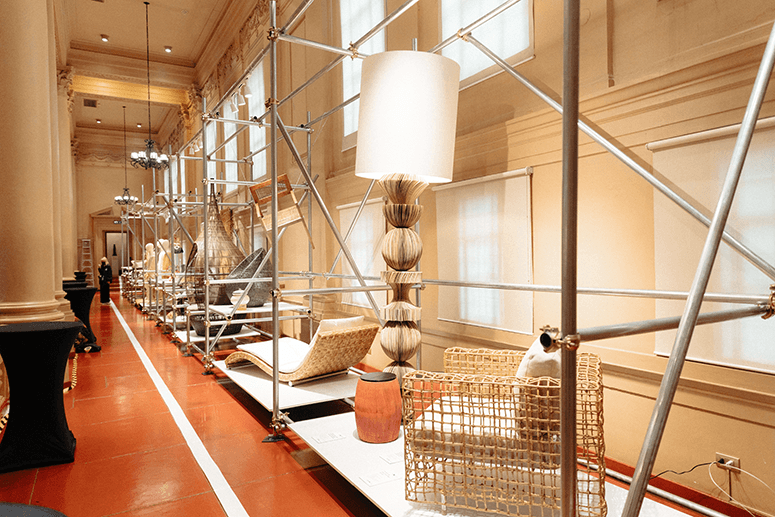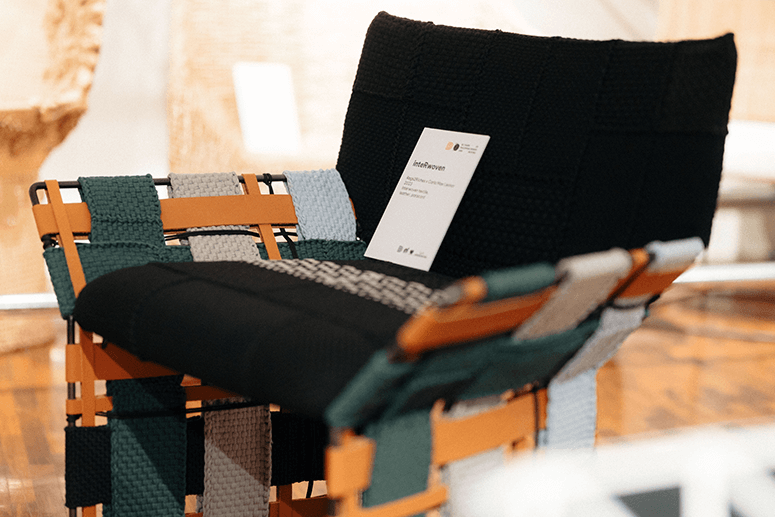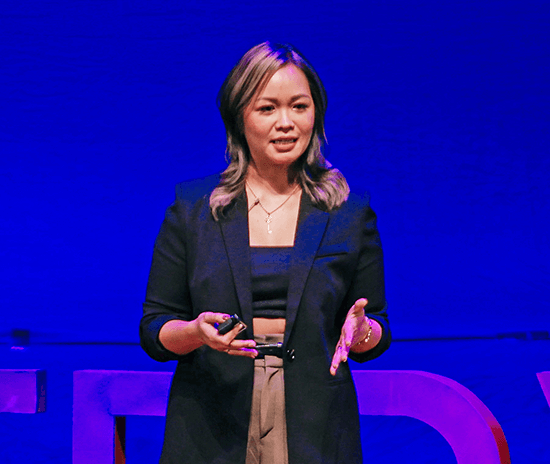The spaces we live, work, and invest in are evolving at an unprecedented pace. The way we design and build today will define the future of our cities, communities, and ultimately, our way of life. With the convergence of design, innovation, sustainability, and strategy, we are at a pivotal moment where we must rethink not just how we create spaces but how they shape our future, by design.
Looking into the future of real estate is no longer just about constructing buildings—it is about designing better ways to live, work, and thrive. As climate change, rapid urbanization, and shifting social dynamics reshape our world, we need to rethink how we build, innovate, and sustain our communities. Our Future, By Design is not just about envisioning possibilities—it is about taking actionable steps to shape a built environment that is future-proof, resilient, and inclusive.
What can we look forward to? This is what my column will explore, including topics on:
Future-Forward Design, Innovation, and Sustainability

The Philippines’ tropical climate presents both challenges and opportunities in sustainable design. Emerging trends include biophilic design, passive cooling techniques, and indigenous materials as solutions to enhance energy efficiency and create environmentally responsive spaces. The shift toward smart cities will also be examined, looking into how AI, IoT, and green urban planning can transform our cities into intelligent, resilient communities. Eco-conscious living will also be a key focus—diving into the rise of carbon-neutral communities, renewable energy-powered developments, and sustainable real estate models that redefine modern living.

Anchoring the Philippine Design Landscape on Culture and Identity
As urbanization accelerates, it is crucial to create spaces that reflect our culture and accommodate diverse generations. This includes the rise of multigenerational homes, designed with flexible layouts and accessibility to cater to evolving family structures.
Spirituality also influences how we shape our environments. The development of spiritual spaces—including meditative retreats, faith-based architecture, and home sanctuaries—demonstrates how design can support mental and emotional well-being. Meanwhile, sustainable tourism and eco-resorts will be explored, focusing on off-grid hospitality and environmentally conscious real estate investments that integrate sustainability with economic opportunity.

Real Estate, Beyond the Blueprint
Real estate today is not just about location—it is about livability, resilience, and economic foresight. This column will delve into how hybrid work environments have reshaped housing demands, leading to work-from-home spaces that prioritize wellness and flexibility. Additionally, we will examine the economics of homeownership, looking at whether renting or buying makes more financial sense in 2025 and beyond.
The growing appeal of regional developments will also be analyzed—exploring how regional placemaking and suburban luxury developments are redefining the real estate landscape with sustainability and lifestyle integration at their core.
Philippine Design as a Hub for Innovation and Sustainability
The Philippines has the potential to lead in design innovation and sustainability by drawing inspiration from successful global smart cities such as Singapore, Copenhagen, and Tokyo. By examining best practices in urban sustainability, infrastructure, and energy-efficient developments, we can explore how these principles can be adapted to our local context.
The urgent shift toward regenerative design will also be featured, highlighting how Filipino-led architecture and design firms are pioneering net-zero buildings, circular construction methods, and nature-positive strategies. Moreover, we will explore sustainability trends in real estate, from biophilic architecture to innovative materials and circular economy practices that are influencing property developments in the country.
Where Do We Go from Here?
The real estate industry is at a crossroads, navigating the pressures of climate change, rapid urbanization, and evolving societal needs. Our individual and collective challenge today is not just to build more spaces, but to design better ones—spaces that promote well-being, sustainability, and long-term resilience.
Through this column, let’s explore how the built environment is evolving in response to sustainability imperatives, technological advancements, and changing lifestyles; and how we can tap into emerging trends, groundbreaking innovations, and global best practices that are reshaping how we live, work, and invest in real estate. Whether through smart cities, regenerative architecture, or sustainable living solutions, this platform will provide insights that help future-proof our spaces—ensuring they remain resilient, adaptive, and impactful for generations to come.
More than just envisioning possibilities, I’ll also include practical, actionable solutions that empower you, dear readers, to shape your environments to be more intelligent, inclusive, and culturally identifiable. Together, we’ll create a future that is designed for the better.
* * *
Carla Mae Leonor is a Design & Innovation Strategist, Sustainability Advocate, and Entrepreneur committed to shaping the future of the Philippine creative industry. She serves as the Chief of the Design Services Division at the Design Center of the Philippines, the Director for Public Relations and Communications of the Philippine Institute of Interior Designers, and the Co-Founder of Bughaw Creative Collective. With a deep focus on innovation, sustainability, and industry growth, she bridges the gap between government and the private sector, empowering designers, entrepreneurs, and industries to thrive in an ever-evolving landscape.
